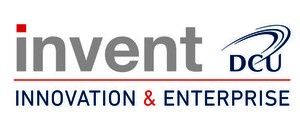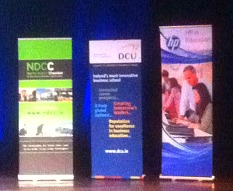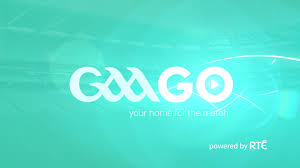On Tuesday the 14th of April we had the last of our mini conferences of the year. That was the Get Digital conference, and like the other four, was held in The Mahony Hall in The Helix. Unlike the other three conferences however, this one was only a duration of two hours. We had the pleasure of listening to talks from a variety of speakers. These were Mary Malone, Richard Garsthagen, John Massey, and finally, Shay Garvey.

First to make their presentation was Mary Malone, who is the Global CEO of CoderDojo. CoderDojo was an Irish movement, and is now operating in 58 countries worldwide. It’s a “global network of free, volunteer-led, independent, community based programming clubs” for kids between the ages of 7 and 17. The program encourages them to be creative with technology and to think outside the box. Mary explained to us that unlike when playing an Xbox or other gaming console, with CoderDojo the child thinks about technology, not just simply consumes it. It’s also a child centric programme, meaning they decide what they want to do. It’s volunteer-led and has almost 6,000 volunteers. Due to this its a free program, and they try to open Dojos in areas where children aren’t getting enough education. I believe this is a brilliant concept, as it means that even kids whose parents wouldn’t be able to afford such a program are given the opportunity to learn and develop important computer skills, and get involved. Mary also told us that the aim of CoderDojo isn’t just produce coders, although many of the children may decide to pursue that pathway in the future. Their aim is to give children some basic computer skills so that they can converse with those in the technology sector. I feel that because their aim isn’t only to perduce amazing coders, it puts the children under less pressure. They know they have the freedom to chose what projects interest them, with no predetermined goals already outlined for them.


Next up was Richard Garsthagen. He is the EMEA Director for Cloud Business Development at Oracle. He discussed cloud computing, and how it “transforms the way we use technology“. He described how many businesses these days are almost like “museum pieces“. They are stuck in the past and slow to make change. He believes that in a few years the way we do everything will be changed. He also explained how a number of companies have already started to make this change, and this is called digital disruption. These firms “use technology to change how an industry functions“. A prime example of such a company is Netflix. They allow us to stream TV shows and movies anywhere once we have internet connection. This is something that only a few years ago we would have viewed as impossible. It just goes to show that we really don’t know what will be made reality in a few years thanks to advances in technology.

Third to speak was John Massey, EMEA Business Development Lead for SAP. He described to us how SAP is at the center of the technology revolution. They help organizations “fight the damaging effects of complexity, generate new opportunities for innovation and growth, and stay ahead of the competition.” The company invested a massive 20 million in the last while, purely towards cloud computing. SAP have around 100 sales people in Ireland, and had to re-educate many of these. This was to help their staff with the transition towards cloud computing. For most of their staff it was completely new territory, so “the change didn’t happen overnight”. John also spoke to us how websites such as LinkedIn changed the way they operate. Now they get around 50% of their new staff from LinkedIn. I believe this is an important point. Due to the fact that potential employers are looking at our online profiles, it’s important that we portray ourselves well on social media.

Last to speak was Shay Garvey. He is both partner and co-founder at Frontline Venture. They are “Europe’s first community focused fund“. Frontline Ventures are based in London and Dublin, although they do make investments all across Europe. They describe themselves as “ a pioneering early-stage venture capital firm, believing in ideas and investing in passion.” As well as discussing Frontline Ventures, Shay also spoke to us about things he believes will happen in the future. He said that “technology is the way forward“, and although this is a good thing, it also puts numerous jobs at risk. He spoke to us of a friend that he has in America who is a surgeon but is currently underemployed due to a new machine that the hospital he works in just purchased. Shay said that “any routine jobs are at risk of being computerised“. This is an amazing but frightening thought. It’s certainly a good thing that we are able to create such advance technology, but if it leaves people underemployed and maybe even at some stage completely unemployed, is it really such a good thing?

Like the other three conferences, this final Get Digital mini conference was both enjoyable and informative, and we were extremely lucky to have the opportunity to hear talks from such successful individuals in the two hours. To conclude, here’s a Flipagram that I made from pictures that I took on the evening, give it a watch!
























